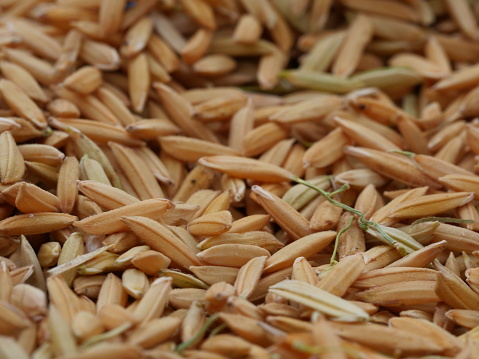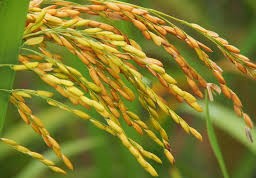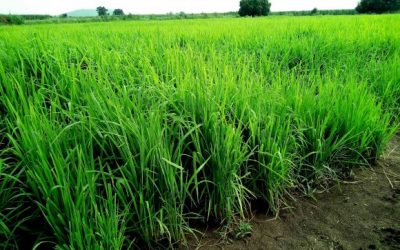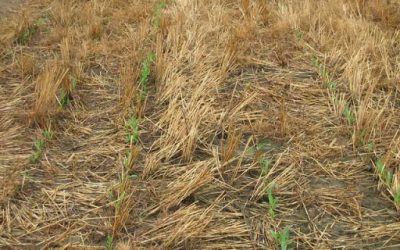Preventing Rice weevils in your produce

Insect infestations in stored agricultural commodities can bring irreparable damage, resulting to billions of dollars in post-harvest losses every year. Globally, insects plague farms and warehouses, creating problems and difficulties for farmers and traders alike. One such insect is the rice weevil.
Rice weevils are pest insects that damage grains, rice, maize, and other crops by feeding on the inside of such produce. Female rice weevils lay an egg in each grain or kernel, then the larva eats the inside for sustenance to develop into an adult, which lives for approximately 2 to 3 months. Each female can lay up to 400 eggs during her lifespan.
Rice weevil infestations may occur on various conditions, but the optimal temperature is from 25° C to 30° C. Stored, undisturbed commodities are usually the best habitat for these insects to target, such as those in warehouses, silos, and bins.
Globally, rice weevil infestations cost damages resulting in losses both in quantity and quality.
Agricultural workers try to reduce post-harvest losses through a number of techniques. One of which is by chemical fumigation using phosphine—an internationally accepted fumigant that leaves no traceable residue after the commodities are processed.
Commodities are exposed to phosphine for several days so insects inside the storage bins, bags, or silos would be eliminated. Handlers must be careful not to get exposed to the gas because it can potentially cause respiratory problems and other health risks.
Recent studies, however, found that insects like rice weevils are now becoming increasingly resistant to phosphine fumigation. This development serves as a serious threat in protecting agricultural produce, implicating future difficulties in infestation control. Thus, alternative solutions should be kept in mind, such as the use of hermetic technology.
With this innovative technology, farmers and handlers no longer need to use chemical fumigants for weevil prevention. The airtight and moisture-tight barrier properties of hermetic storage protect the produce from potential damage and prevent pest infestations.
If the produce inside the sealed bags already have insects, they would eventually starve of oxygen and would be eliminated inside the hermetic storage in a matter of days. To hasten this process, controlled atmosphere treatments can also be applied, wherein carbon dioxide is flushed into the sealed storage unit.


